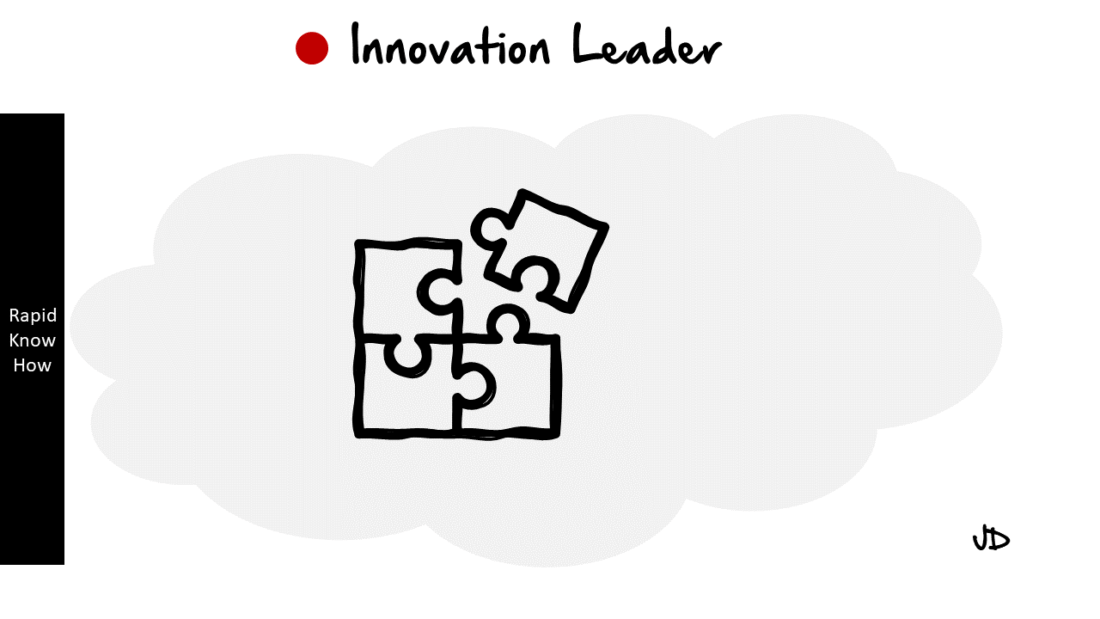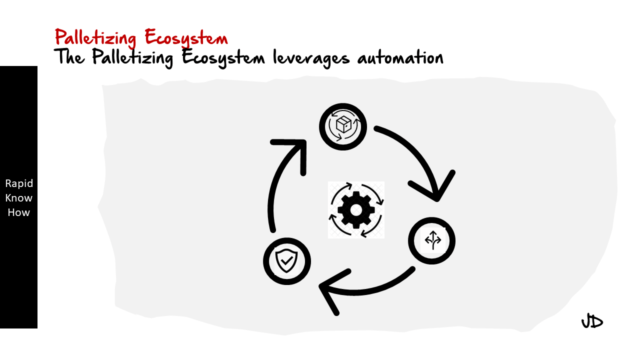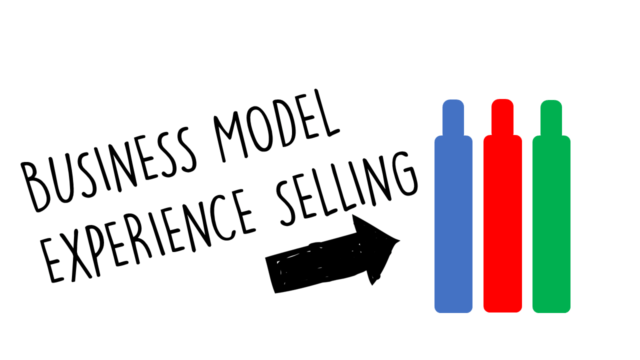The process of transforming a script into a visual story using storyboards is an integral part of film production. It’s a fascinating journey that involves creativity, technical skills, and a deep understanding of storytelling. Let’s delve into this process and understand the role of storyboards in film production, supplemented with some case studies that illustrate the transformation from script to screen.
A. Process of Transforming a Script into a Visual Story Using Storyboards
The first step in this process is reading the script. The storyboard artist must understand the story, its characters, and its settings to visualize it accurately. They need to grasp the emotional tone, pacing, and narrative structure to translate words into images effectively.
Once they have a firm understanding of the script, they begin sketching out scenes. These sketches are rough at first, focusing on basic composition and key elements within each scene. The artist then refines these sketches into more detailed drawings that capture the essence of each scene.
These drawings are arranged in sequence to create a visual representation of the script – this is the storyboard. It serves as a visual script, providing a frame-by-frame layout of how the film will unfold.
B. Role of Storyboards in Film Production
Storyboards play several crucial roles in film production. Firstly, they provide a visual guide for the director, cinematographer, and other crew members. They help everyone visualize what the final product should look like and understand what needs to be done to achieve it.
Secondly, storyboards help in planning and organizing shoots. They indicate what props, costumes, special effects, and camera angles will be needed for each scene. This helps in budgeting and scheduling as well.
Thirdly, storyboards facilitate communication among team members. They provide a common reference point that everyone can understand and discuss.
C. Case Studies Showing the Transformation from Script to Screen
1. “Jaws” (1975): Steven Spielberg’s classic thriller is a great example of how storyboarding can transform a script into a visual masterpiece. The storyboard artist, Joe Alves, created detailed drawings of each scene, including the iconic shark attacks. These storyboards helped Spielberg visualize the scenes and plan the complex underwater shots.
2. “Mad Max: Fury Road” (2015): This film was essentially one long chase scene, and director George Miller used an extensive storyboard instead of a traditional script. The storyboard, consisting of about 3,500 panels, helped Miller and his team choreograph the intricate action sequences and stunts.
3. “Parasite” (2019): Director Bong Joon Ho is known for his meticulous storyboarding. For “Parasite,” he created detailed storyboards that not only outlined each scene but also included notes on lighting, camera movement, and actor positions. These storyboards played a crucial role in creating the film’s unique visual style and narrative rhythm.
In conclusion, storyboarding is a powerful tool that transforms ideas into visual stories. It’s an essential part of film production that aids in visualization, planning, and communication. The journey from script to screen is a complex one, but with the help of storyboards, filmmakers can navigate it more effectively and creatively.




